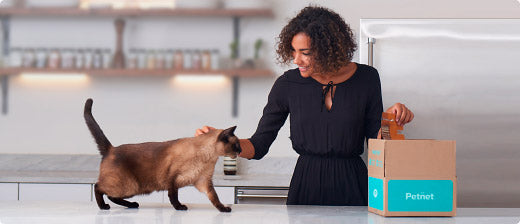This week in our series on Getting to Know Your Dog Breed we are featuring the Yorkshire Terrier. Nicknamed “Yorkie”, the Yorkshire Terrier is ranked as the AKC 9th most popular dog in the U.S.
Life expectancy: 12 to 15 years
Size: Yorkies are a bit inconsistent in size, but breed standard requires 8 – 9” at the shoulder and weighing no more than 7 lbs.
Color: There are only four acceptable colors for a Yorkie, black, blue, tan and gold. The black/blue coloring starts at the neck and runs to the end of the tail while the tan/golden color is found on the head and the legs, below the elbow/knee.
Origins: The Yorkshire Terrier was established in Yorkshire, England and was first recognized in 1874. While exact records were not kept at the time, the Yorkie’s ancestors are several different terriers brought over from Scotland. The Yorkie is a ‘ratter’, originally bred to hunt vermin, particularly those that lived underground in burrows or dens.
Personality: The Yorkie may be small in stature, but they are terriers and are bold, courageous and adventurous. At the same time, the Yorkie loves his creature comforts and if pampered, will take to it just as much as he does to hunting. They are smart and inquisitive and need mental as well as physical stimulation to help contain their energy. They can be strong-willed and resist training, so be prepared for some possible battles. They may also be somewhat bossy with other dogs, even larger dogs, so it’s best to keep an eye on them with new playmates.
Health Issues: Some of the genetic issues that Yorkie are predisposed for are Legg-Calvé-Perthes Syndrome, a disease that causes degeneration of their hips; hypoglycemia or low blood sugar and retinal dysplasia.
A problem for smaller Yorkies is liver shunt where blood bypasses the liver and goes straight to other major organs of the body and luxating patella, or a dislocation of the kneecap.
In addition, Yorkies may develop skin allergies and exhibit sensitivity to anesthesia, likely due to their small size.
Fitness/energy level: Their size doesn’t negate the Yorkies need for exercise. They are typically very fit and full of energy. They are small, so it may be difficult for them to keep up with a runner but they should be walked at a steady pace. That may be slow for an adult, but the pace should be steady and quick but not so fast they are out of breath. A couple of good solid walks per day or a nice long hike should keep them physically fit. Don’t neglect the mental exercise and teach them to play fetch, or possibly look into barn hunt games for them.
Native foods for the Yorkshire Terrier:
- Venison
- Rabbit
- Trout
- Carrots
Good foods to feed your Yorkshire Terrier:
EVO, Red meat small bites
Nulo, Grain Free Trout and Sweet Potato
Merrick, Classic Real Beef with Whole Barley and Carrot
Fun facts about the Yorkshire Terrier:
Yorkies do not have an undercoat like most dogs. As a result, their coat is much like human hair and shedding is minimal.
The first therapy dog was a Yorkie. An American soldier found a Yorkshire terrier in a foxhole during WWII. He named her Smoky. Due to her small size, she was able to run through pipes and string communication wires for the allies in New Guinea. She also toured hospitals, visiting the wounded.
The smallest dog ever recorded was a Yorkie. Named, Sylvia, she was only 2.5 inches tall, measured 3.5 inches long and weighed only 4 ounces. She was owned by Arthur Maples and lived in England.
Sources:
http://dogtime.com/dog-breeds/yorkshire-terrier#/slide/1
https://yorkie.life/yorkie-colors-types-yorkshire-terrier-coats/
http://www.yourpurebredpuppy.com/reviews/yorkshireterriers.html
http://yorkshireterrierguide.com/common-health-problems-yorkies/




 General
General
 General
General
 General
General
